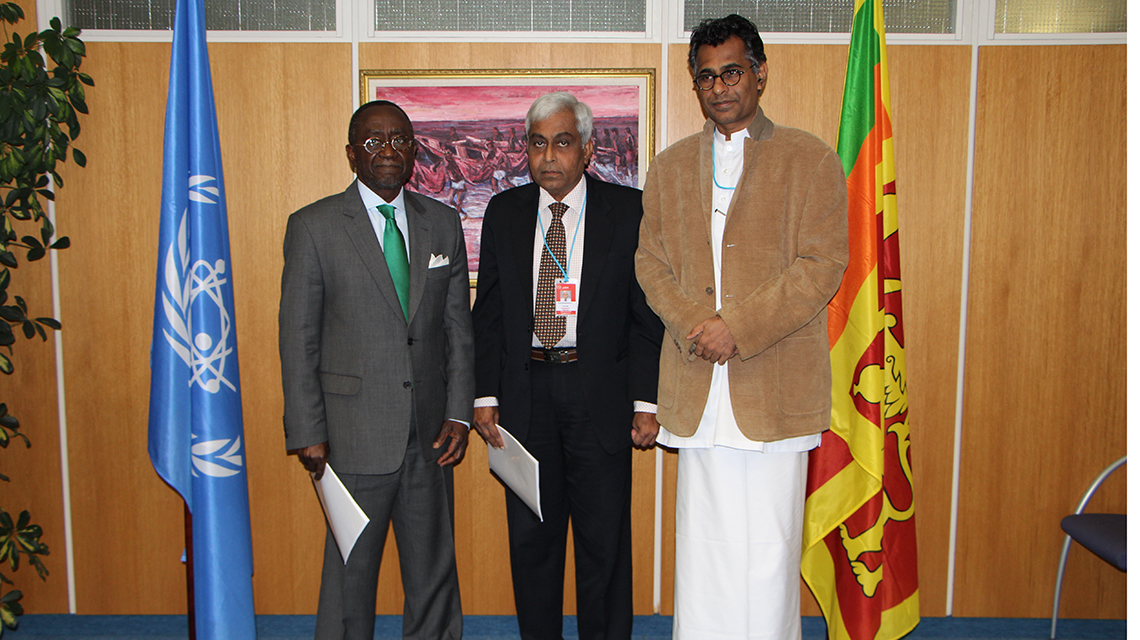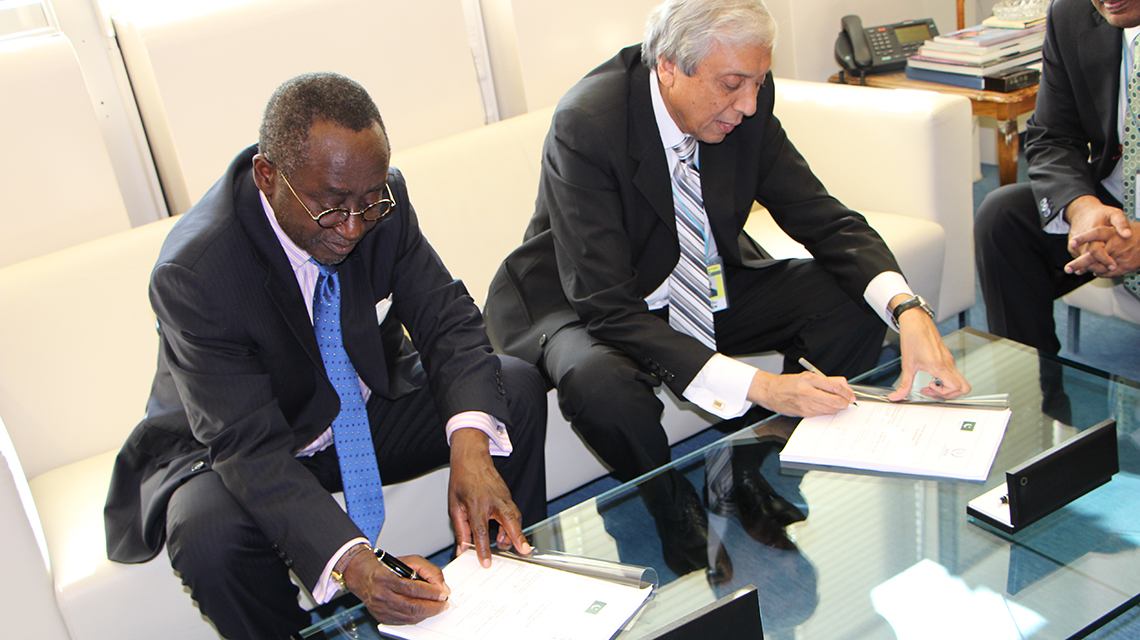In 2013, 12 countries, Angola, Bangladesh, Kuwait, Nigeria, Pakistan, Panama, Portugal, Romania, Sri Lanka, Turkey, Uganda and Ukraine, signed a Country Programme Framework (CPF) for varying periods from 2012 to 2019.
A CPF, prepared by a Member State in collaboration with the Secretariat, defines mutually agreed priority development needs and interests to be supported through technical cooperation activities. This ensures that technical cooperation projects are effectively focused on expressed needs and priorities of each country.
A CPF reflects national development plans, lessons learned from past cooperation, and also takes into consideration the United Nations Development Assistance Framework of the country. This ensures that the application of nuclear technologies is integrated with existing development initiatives and plans, and supports the identification of areas where such technologies might be usefully utilized.
Many of the countries that signed a CPF in 2013 identified human health as a priority for the coming years; a number included specific health priorities such as cancer management, dosimetry in nuclear medicine, and Quality Assurance. Food and agriculture, water and the environment and nuclear safety will also be high priorities for many Member States over the coming five years.

